- Home
- slideshows
- miscellaneous
- 12 comics you should read if you love the Marvel Cinematic Universe movies
12 comics you should read if you love the Marvel Cinematic Universe movies
"Iron Man: Demon in a Bottle" (1979)

"The Infinity Gauntlet" (1991)
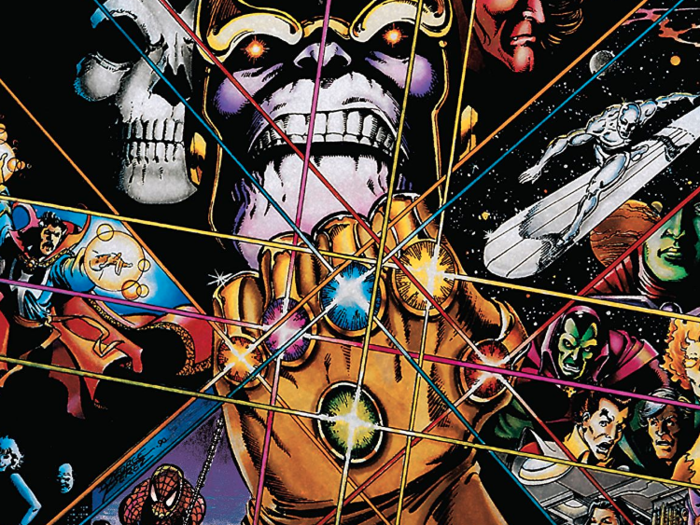
Written by Jim Starlin
Art by George Pérez
"The Infinity Gauntlet" is considered one of, if not the, best storylines in Marvel comic history — and it's coming to theaters in less than a month.
Okay, "Avengers: Infinity War" may not be a direct adaptation of this classic event-comic, but it's obviously heavily inspired by it. The story finds Earth's heroes going up against Thanos, who has acquired the Infinity Stones, which basically give him ultimate power and the ability to bend the universe to his desires.
In "Infinity War," the Avengers and Guardians of the Galaxy face a similar situation, as Thanos seeks the remaining stones he does not have. It's one of the most ambitious crossovers in movie history so lets hope it does "The Infinity Gauntlet" justice.
"Ultimate Spider-Man" (2000)
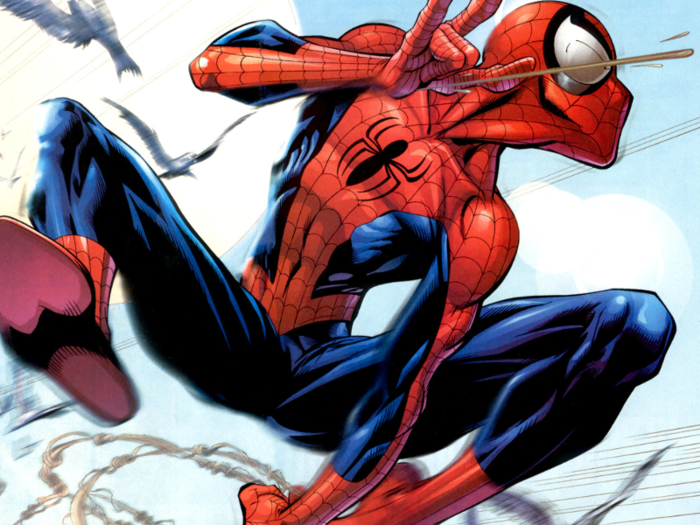
Written by Brian Michael Bendis
Art by Mark Bagley
In the late 1990s, Marvel had filed for bankruptcy, and its comics had hit a creative slump. As the company entered the 2000s, it was looking for ways to re-group.
Enter the "Ultimate Universe," a banner under Marvel Comics which aimed to re-introduce Marvel's characters for a new generation of fans. It included comics that co-existed alongside Marvel's regular comic line, but the storylines were set in a separate universe.
"Ultimate Spider-Man" was the Ultimate line's first book, and introduced readers to what this new direction was all about: telling fresh, modern takes on the origin stories of Marvel's best characters. Bendis and Bagley created over 100 consecutive issues together over the course of seven years (one of the longest runs of a creative team in comics history).
If you liked "Spider-Man: Homecoming," it's worth checking out Bendis and Bagley's original "Ultimate Spider-Man" run, as it basically set the precedent for what the MCU would do with the character — revamp him with a fresh, young, energetic spirit.
"The Ultimates" (2002)

Written by Mark Millar
Art by Bryan Hitch
Speaking of the Ultimate universe, its version of the Avengers was fittingly called the Ultimates, and took the team in a more "realistic" and far more mature direction, as the series approached the team in a post-9/11 world.
This 2015 Vulture article about the history of the Ultimate universe explains it best: "All of these Ultimate versions of the Avengers were, to put it bluntly, complete a-------. They were also all very specifically post-9/11 characters. Hawkeye and Black Widow were unfeeling government murderers, Iron Man was a gleeful war profiteer, and Captain America … well, Ultimate Captain America was just about the most blunt satire of War on Terror neoconservatism that popular culture had seen up until that point."
Millar, now known for his creator-owned books like "Kick-Ass," and artist Bryan Hitch portrayed the team of Captain America, Iron Man, Thor, Hulk, Giant Man, Wasp, Black Widow, Hawkeye, and Nick Fury with an uncomfortable edge that readers hadn't experienced before with these characters.
If that team sounds familiar, it's the team seen in "The Avengers" (minus Giant Man and Wasp, and an R-rating), right down to Samuel L. Jackson playing Nick Fury (Jackson's likeness was the inspiration for this version of Fury).
"Iron Man: Extremis" (2005)
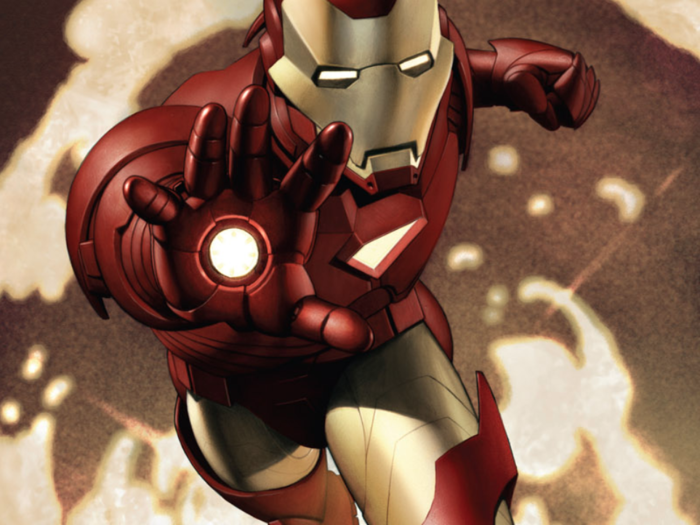
Written by Warren Ellis
Art by Adi Granov
"Iron Man 3," and even the first "Iron Man," is heavily inspired by this storyline that finds Tony Stark infected by a virus called Extremis, which binds Stark and his armor mentally together. It also features villain Killian, played in "Iron Man 3" by Guy Pearce, and a re-telling of Iron Man's origin reminiscent of what we see in "Iron Man."
If you didn't like the divisive "Iron Man 3," you should at least give this classic Iron Man storyline a chance.
"Captain America: Winter Soldier" (2005)
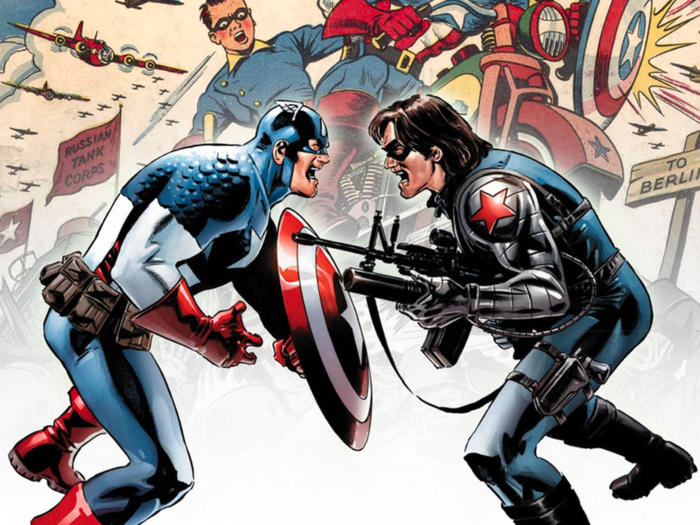
Written by Ed Brubaker
Art by Steve Epting
Even at a glance, it isn't hard to notice the similarities between this comic and the MCU's "Captain America: The Winter Soldier."
Comic book characters come back from the dead all the time, but Bucky Barnes (a.k.a. The Winter Soldier) was long-thought to be one of the few characters in comic books that was off-limits for such gimmicks. Writer Ed Brubaker obviously didn't care, and it's now one of the best Captain America stories in history and the inspiration for one of the best Marvel movies.
"The New Avengers" (2006)
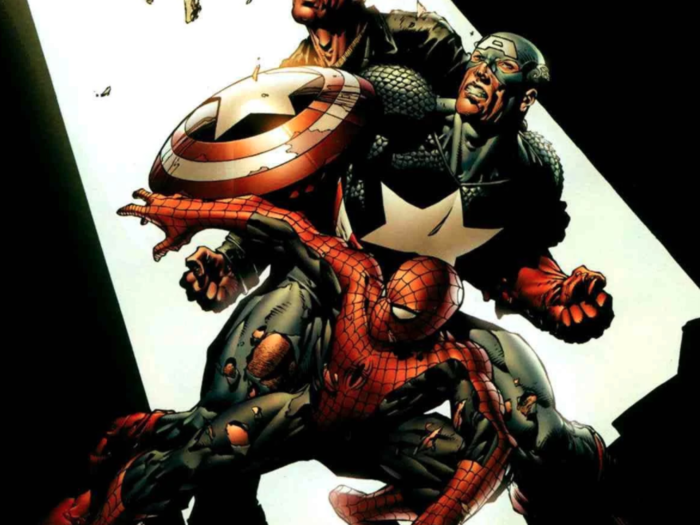
Written by Brian Michael Bendis
Art by David Finch and Lenil Francis Yu
In 2005, Bendis tore the Avengers apart in a storyline properly titled "Avengers: Disassembled." The following year, he put them back together.
This "New Avengers" comic rebooted the classic Avengers team with a mixture of new and old faces. Captain America and Iron Man stayed. But out were long-time Avengers like Hawkeye and Vision; in were characters who had little to no association with the team in the past.
This new team consisted of Captain America, Iron Man, Spider-Man, Luke Cage, Spider-Woman, Wolverine, and The Sentry, who are brought together after a riot at a maximum security prison.
Later on in the series, after Marvel's "Civil War" event (more on that later), the team is restructured to feature Bucky Barnes as Captain America, Spider-Man, Luke Cage, Spider-Woman, Wolverine, Doctor Strange, and Iron Fist — all on the run for failing to comply with the Superhuman Registration Act introduced in "Civil War."
Both incarnations of the team are worth reading and both appear in the same series. With the direction the MCU is heading — its veteran actors might be moving on after "Avengers 4" — this series could set a precedent for how the MCU moves forward after that.
"Planet Hulk" (2006)
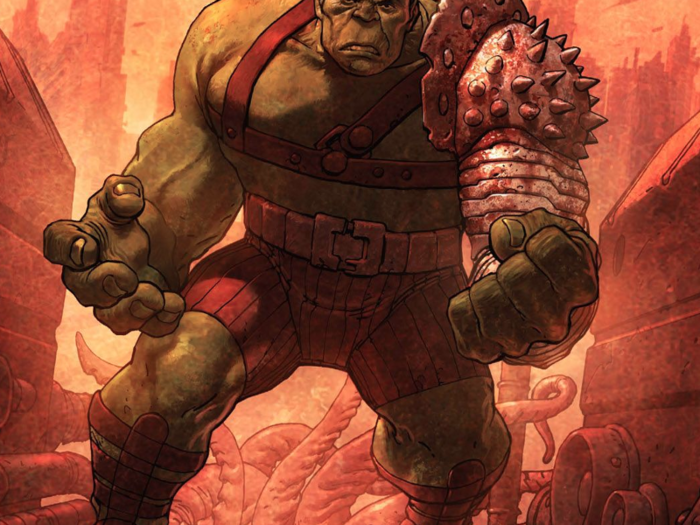
Written by Greg Pak
Art by Carlo Pagulayan and Aaron Lopresti
Considered to be the best Hulk storyline ever, "Planet Hulk" is an epic that spans 14 issues.
A group of elite Marvel heroes — such as Iron Man and the Fantastic Four's Mr. Fantastic — secretly decide to send the Hulk to a planet where he can't harm anyone. But his ship is thrown off-course, and he lands on the war-torn planet Sakaar, where he rises from slave, to warrior, to conqueror.
It's the same planet Thor and Hulk spend the majority of last year's "Thor: Ragnarok" on. While the movie obviously takes a lot of creative liberties with the story (Korg is not that funny in the comic) it's still the closest thing we'll ever get to a live-action adaptation of "Planet Hulk."
"Civil War" (2006)

Written by Mark Millar
Art by Steve McNiven
"Captain America: Civil War" is loosely based on this 2006 Marvel event-comic that divided the Marvel comics universe.
While the movie is more focused on Captain America and his relationship with Bucky, the basic premise is still the same: a deadly event involving superhumans leads the government to propose that superpowered individuals must register their identities.
Like the movie, Captain America is anti-registration, arguing that it's an abuse of government power; Iron Man is pro-registration, arguing that it needs to be done to keep them in check. This leads to a war between those on Iron Man's side and those on Captain America's.
J. Michael Straczynski's "Thor" (2008)
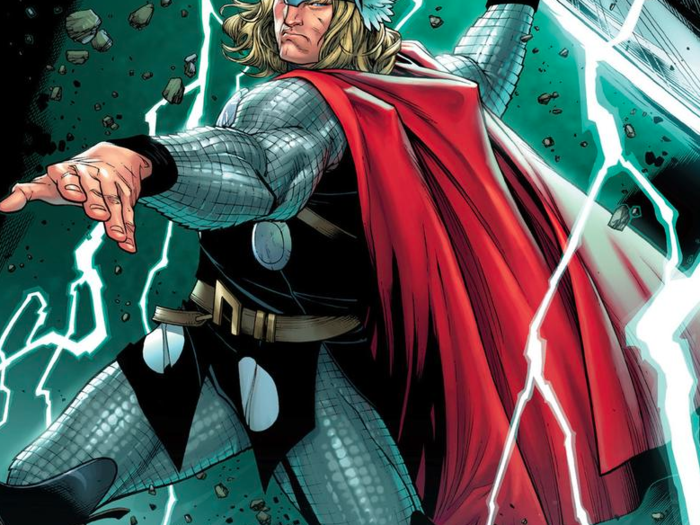
Written by J. Michael Straczynski
Art by Oliver Coipel
At the end of "Thor: Ragnarok," Thor and the rest of the Asgardians escape Asgard in a space ship as the city is destroyed. Thor vows to move his people to another destination. As his father Odin tells him, "Asgard isn't a place, it's a people."
Now imagine a sequel to that movie where Asgard comes to Earth. That's basically this comic book, which explores what happens in the aftermath of the comic-version of the apocalyptic event Ragnarok, and how Earth responds to Asgardians living among them.
"Hawkeye: My Life as a Weapon" (2013)
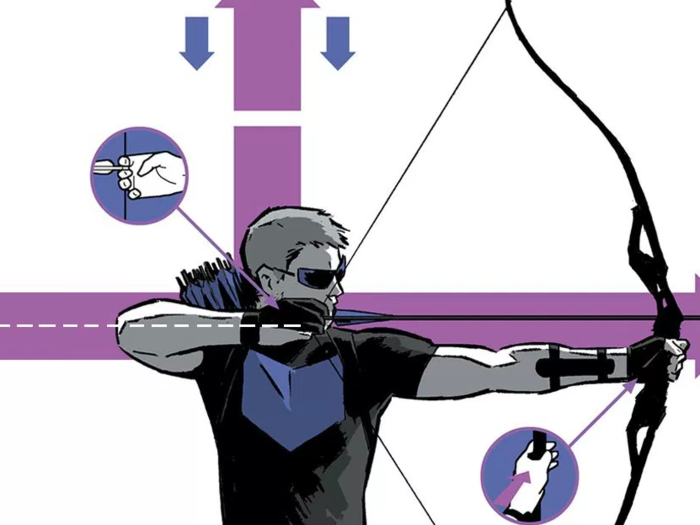
Written by Matt Fraction
Art by David Aja
Okay, hear me out: I know Hawkeye is basically the joke of the MCU and he's been oddly missing from the "Avengers: Infinity War" promotional material. But that's because the MCU hasn't done him justice.
In the comic books, Hawkeye has been an integral member of the Avengers since its early days in the 1960s, and he's more than just a dude with a bow-and-arrow and a bad haircut.
So, if you're interested in reading an actually good story about the character, look no further than Matt Fraction's 2013 run.
"Black Panther: A Nation Under Our Feet"
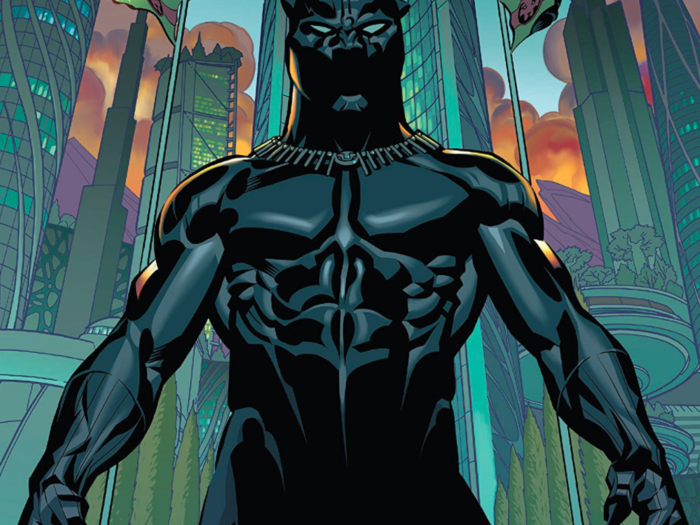
Written by Ta-Nehisi Coates
Art by Brian Stelfreeze
"Black Panther" is a phenomenon right now. The character's solo movie broke all kinds of box office records — including the biggest February release of all time and the highest opening for an MCU movie — and he'll be seen again soon in "Infinity War."
If you're interested in diving deeper into the world of Black Panther, check out Ta-Nehisi Coates' acclaimed run. The first storyline, "A Nation Under Our Feet," is broken up into several trade paperbacks.
A new issue #1 (still written by Coates) will be released later this year as part of Marvel's effort to attract new readers while also bringing their characters back to basics. It's a perfect time to be a Black Panther fan.
Popular Right Now
Popular Keywords
Advertisement